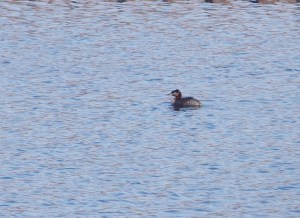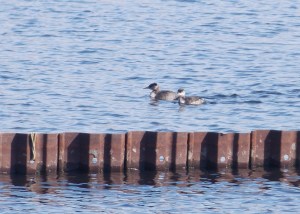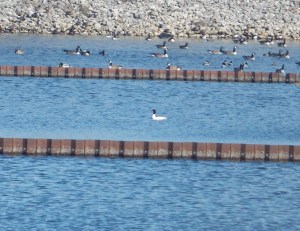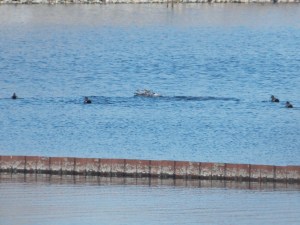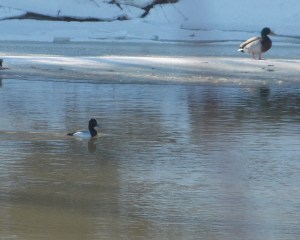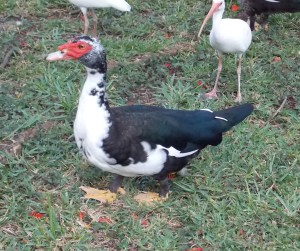Some birds have better names than others. Many names are utilitarian; describing exactly what the bird looks like. Case-in-point:

Red-headed Woodpecker
The Red-headed Woodpecker is a woodpecker with a red head! This is the bird I was talking about in my last post. It is still hanging out at Lions Park directly across the street from my home. I have yet to add it as a yard bird, but last Sunday I spent some quality time getting to know it. And it is a gnarly-looking example of a usually stunning species. This bird was born last year and is very awkwardly in the midst of transitioning from immature to adult plumage. I suppose everyone’s adolescence is rough.
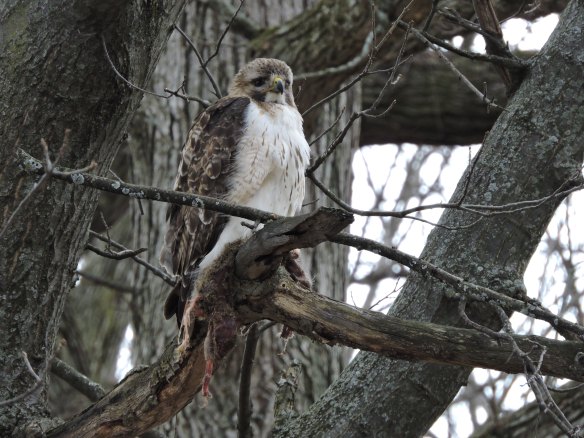
Red-tailed Hawk
A young Red-tailed Hawk seemed to be doing much better in appearance, as it too was spotted at Lions Park last week. The mess of viscera and fur hanging below it was a Fox Squirrel.
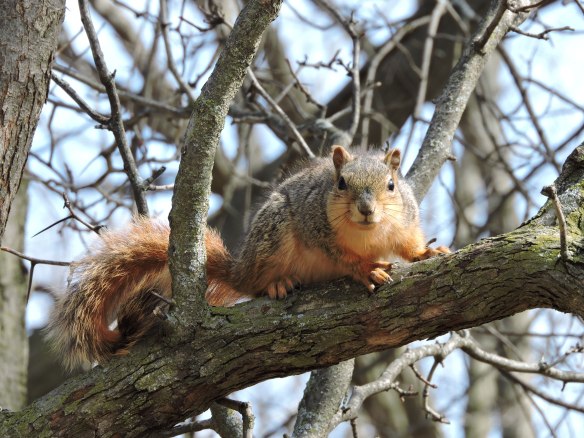
Fox Squirrel
It might have been this squirrel. Or it might have been this squirrel’s friend, mother, or mortal enemy. We will never know. Also seen at Lions Park, pre-hawk sighting.
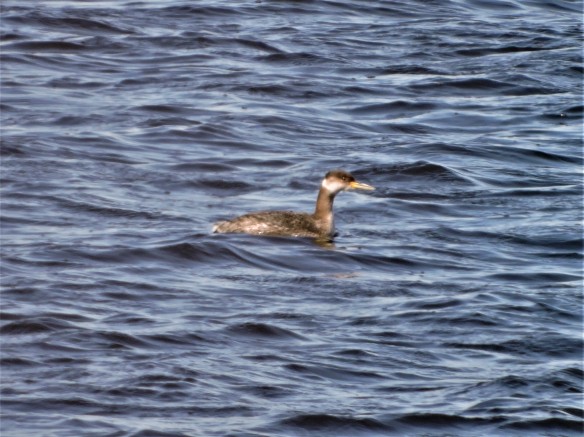
Red-necked Grebe
We have covered red heads, tails, and now we move on to the neck. A power outage at work today allowed me an extra hour in which to go birding. I decided to check the water treatment ponds to mop up some of the last remaining regular waterfowl. Despite my best plans, there was almost no activity, save for a bird completely off my radar: Red-necked Grebe! I have only ever seen this bird on one other occasion, in the exact same place in 2014 when we were having a particularly brutal winter and much of Lakes Michigan and Erie were frozen. That year the ice drove a lot of usually deep water birds like this inland in search of open water in reservoirs, so Fort Wayne got a few of them. To see one today in 40+ degree temperatures this far inland was very low on the list of expected things to see! Green bird #53 for the year, and #189 in my life.
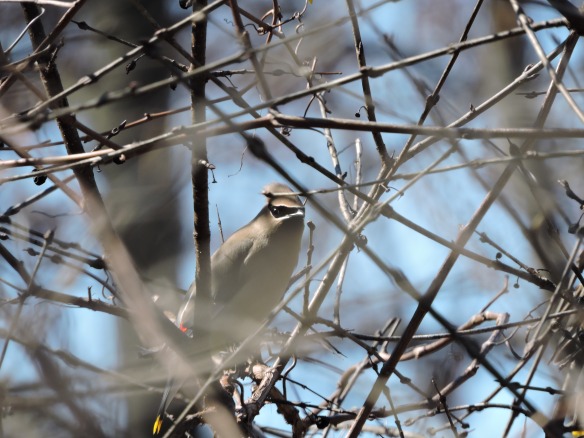
Cedar Waxwing
Since last time, I also picked up Horned Grebe (two courting birds dancing around the Redneck above), Eastern Phoebe, Rock Pigeon, and this furtive Cedar Waxwing trying to hide from me on the Purdue campus yesterday.
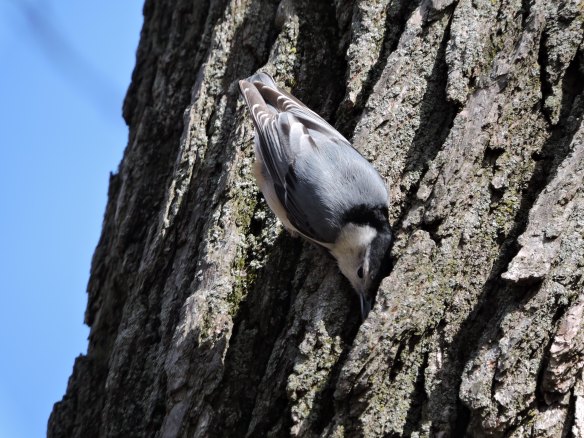
White-breasted Nuthatch
Yes, that means I got to go birding on back-to-back days, a rare treat to enjoy. While today had a bigger highlight, yesterday was equally enjoyable even though it was mostly common folk like this White-breasted Nuthatch cramming itself into a tree crevice.

Hey tree, your Raccoon is hanging out.
The nuthatches weren’t the only ones jamming themselves into trees. Walking through my favorite local woodlot, I heard scraping sounds that I hoped would be a cool bird. It turned out to be a Raccoon quickly hurrying away from me. It must have been very alarmed by my presence, because it frantically tried to jam itself into the tiniest tree hole ever. It got halfway in and then appeared to be stuck for a very long and awkward moment, bum to the world.
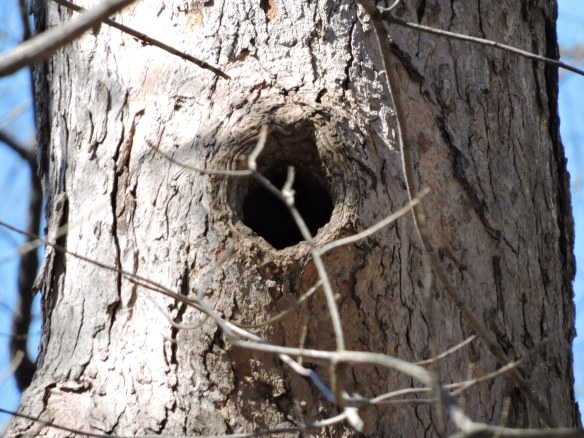
Rac-hole
It eventually got all the way in somehow. That hole was only a few inches across, so I hope it was worth it for that Raccoon turning itself into a sausage to get away from me.

